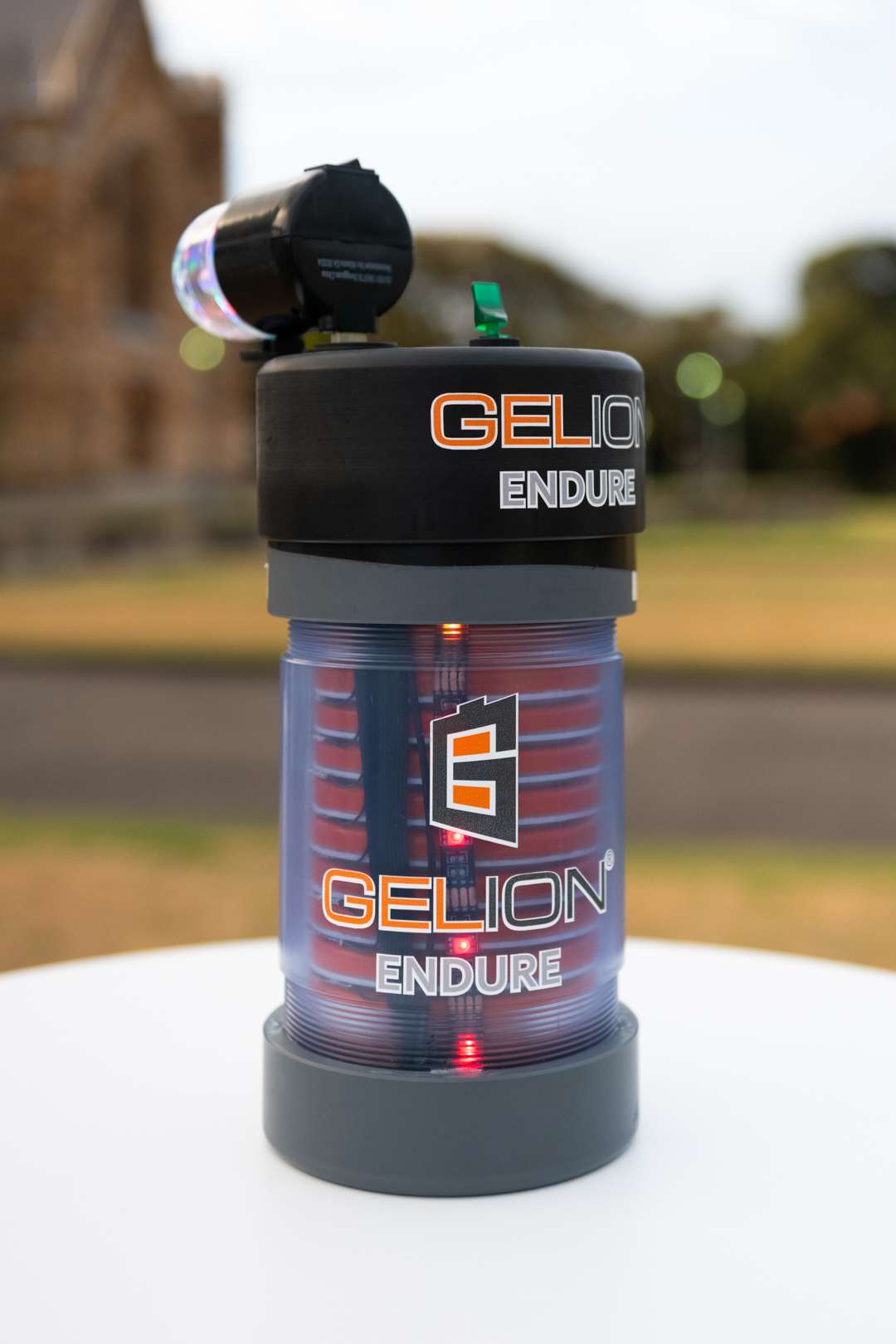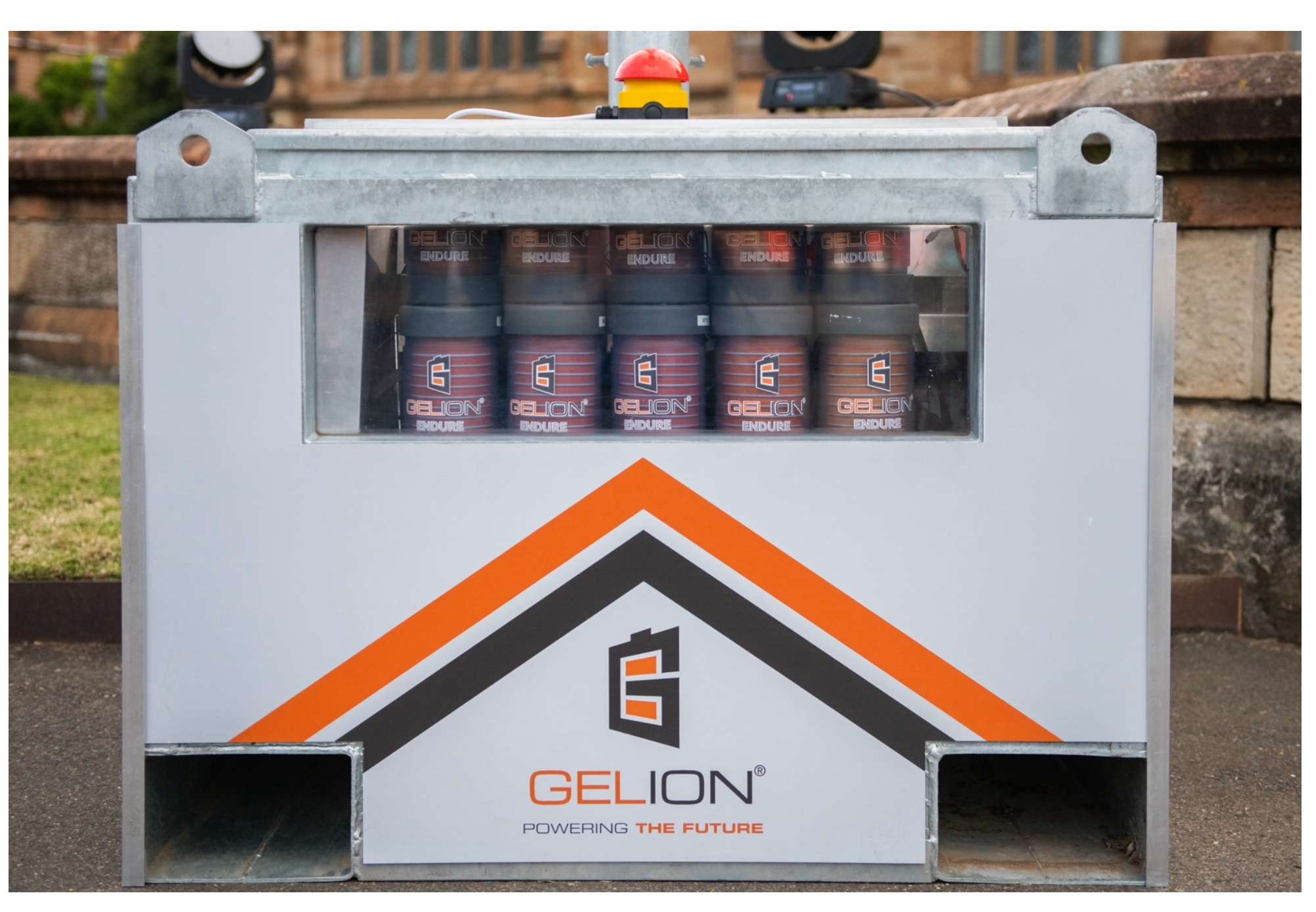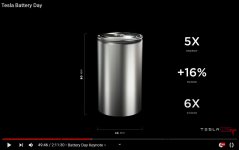“Report on Emerging Energy Storage Technologies,” presents the results of research
conducted by NSWCCD for CPSC, under CPSC Contract No. CPSC-I-17-0002. CPSC funded this
research to learn about emerging high-energy-density battery technologies and to identify strategies to
mitigate the fire hazards related to battery failures. "
https://www.cpsc.gov/s3fs-public/NSWCCD-63-TR-2020-39_Emerging-Energy-Storage-Technologies_DIS_A_VERSION_ForPostingVersion12012020.pdf?wYqrWGArQLL53BlqSYr8RfCwb2eiznIT
Summary ex:
"Battery safety remains a pressing issue for
LIB, and despite their ubiquity in many markets, the trends for future LIB are to become more
energy dense and cheaper, but not necessarily safer. "
Safety ex:
"Typically, cells are assembled into modules by spot-welding the positive and negative tabs
on each cell into the desired series or parallel arrangements. In more complex modules passive
safety mechanisms (e.g. fuses, channels for vent gases, intumescent materials) and/or active
mechanisms (e.g. forced air or circulated liquid cooling) may be included but in many instances,

 cells are simply restrained with epoxy and sealed into a suitable enclosure. Alternative module
cells are simply restrained with epoxy and sealed into a suitable enclosure. Alternative module
assemblies deliberately designed for improved safety have also been demonstrated, but are not
widely adopted by industry.


While intrinsic safety at the cell level, either by modifying the LIB
chemistry or adopting a safer alternative, non-propagating battery designs are a valuable second
layer of protection for cells and can contain thermal runaway should it occur."






